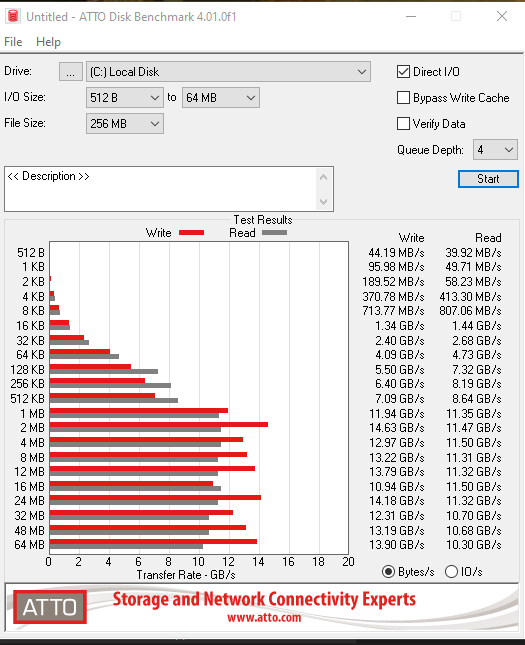sasquatch182
Limp Gawd
- Joined
- Nov 30, 2009
- Messages
- 142
On a new build, is it worth getting a pcie 4.0 compatible m.2 drive?
All my SSDs in the past have been the samsung series (pcie 3.0).
This is a Ryzen 3700x build with a x570 chipset.
Thanks for any advice.
All my SSDs in the past have been the samsung series (pcie 3.0).
This is a Ryzen 3700x build with a x570 chipset.
Thanks for any advice.
![[H]ard|Forum](/styles/hardforum/xenforo/logo_dark.png)
